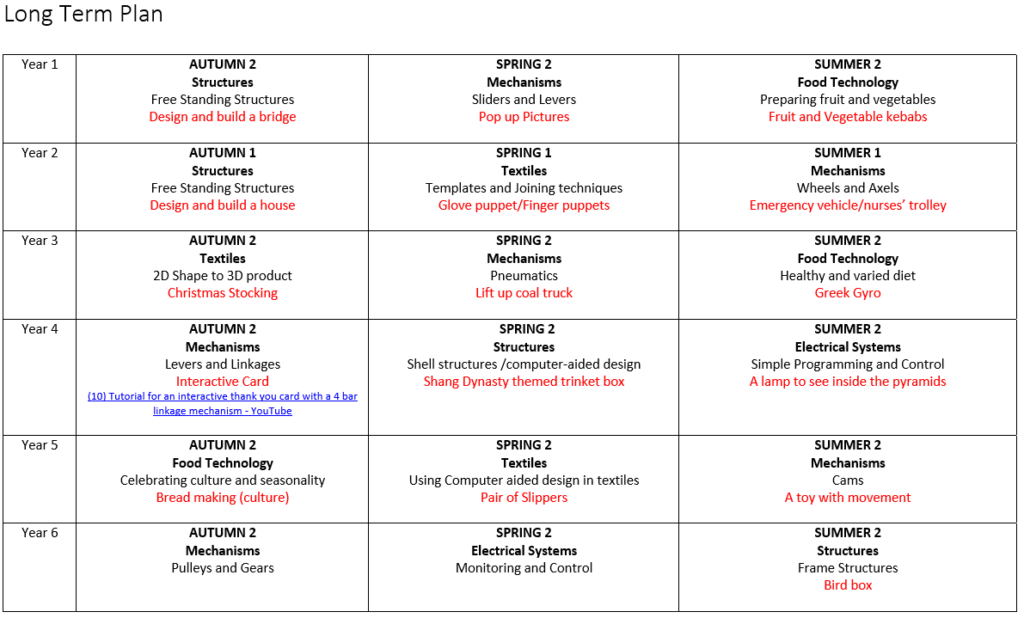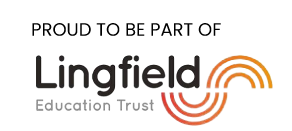
Why is Design and Technology successful at Handale?
- Children at Handale enjoy designing products across the curriculum.
- Children like to build using a range of materials.
- Children like to see final pieces of work being used for the original purpose.
- Children like to be practical and cook new dishes to taste.
- Children like to find ways of improving and making designs better.
Our Vision and Intent for Design and Technology at Handale…
Design and Technology is essentially a practical activity concerned with developing the children’s ability to investigate, analyse, design, make and evaluate as part of a whole process. At Handale Primary School we recognise that children are living in a highly developed technological world. Design and Technology provides the children with the opportunity to develop and use a range of skills that will prepare them for a constantly changing society, increasingly dependent on technology.
Design and Technology activities will enable the children to use their creativity, imagination and social interaction skills to design and make their own products, understanding the processes from planning to making, evaluating and refinement. During the teaching of design and technology, a wide range of new skills will be acquired and the knowledge of other subjects, such as mathematics, science, ICT and art, will be drawn upon and applied. Children will also develop the life skills and knowledge associated with healthy living, food nutrition and cookery.
- All children will be able to design and build new products for a purpose for subjects across the curriculum and throughout the year.
- Children will be excited to test products and peer evaluate as well as being self- critical.
- They will be able to think of a range of exciting dishes (both sweet and savoury) and create these from scratch making sure they are adhering to health and safety when using kitchen equipment.
- They will have the confidence to experiment with a range of foods and to say whether their choice was the best or if it could be improved.
- Children will enjoy DT and build upon prior skills and knowledge as they progress through school.
We follow National Curriculum Objectives for Design and Technology at Handale…
Key stage 1
Through a variety of creative and practical activities, pupils should be taught the knowledge, understanding and skills needed to engage in an iterative process of designing and making. They should work in a range of relevant contexts [for example, the home and school, gardens and playgrounds, the local community, industry and the wider environment].
When designing and making, pupils should be taught to:
Design
- design purposeful, functional, appealing products for themselves and other users based on design criteria.
- generate, develop, model and communicate their ideas through talking, drawing, templates, mock-ups and, where appropriate, information and communication technology
Make
- select from and use a range of tools and equipment to perform practical tasks [for example, cutting, shaping, joining and finishing]
- select from and use a wide range of materials and components, including construction materials, textiles and ingredients, according to their characteristics.
Evaluate
- explore and evaluate a range of existing products.
- evaluate their ideas and products against design criteria.
Technical knowledge
- build structures, exploring how they can be made stronger, stiffer and more stable.
- explore and use mechanisms [for example, levers, sliders, wheels and axles], in their products.
Key stage 2
Through a variety of creative and practical activities, pupils should be taught the knowledge, understanding and skills needed to engage in an iterative process of designing and making. They should work in a range of relevant contexts [for example, the home, school, leisure, culture, enterprise, industry and the wider environment].
When designing and making, pupils should be taught to:
Design
- use research and develop design criteria to inform the design of innovative, functional, appealing products that are fit for purpose, aimed at particular individuals or groups.
- generate, develop, model and communicate their ideas through discussion, annotated sketches, cross-sectional and exploded diagrams, prototypes, pattern pieces and computer-aided design.
Make
- select from and use a wider range of tools and equipment to perform practical tasks [for example, cutting, shaping, joining and finishing], accurately.
- select from and use a wider range of materials and components, including construction materials, textiles and ingredients, according to their functional properties and aesthetic qualities.
Evaluate
- investigate and analyse a range of existing products.
- evaluate their ideas and products against their own design criteria and consider the views of others to improve their work.
- understand how key events and individuals in design and technology have helped shape the world.
Technical knowledge.
- apply their understanding of how to strengthen, stiffen and reinforce more complex structures.
- understand and use mechanical systems in their products [for example, gears, pulleys, cams, levers and linkages]
- understand and use electrical systems in their products [for example, series circuits incorporating switches, bulbs, buzzers and motors]
- apply their understanding of computing to program, monitor and control their products.
Cooking and nutrition
As part of their work with food, pupils should be taught how to cook and apply the principles of nutrition and healthy eating. Instilling a love of cooking in pupils will also open a door to one of the great expressions of human creativity. Learning how to cook is a crucial life skill that enables pupils to feed themselves and others affordably and well, now and in later life.
Pupils should be taught to:
Key stage 1
- use the basic principles of a healthy and varied diet to prepare dishes.
- understand where food comes from.
Key stage 2
- understand and apply the principles of a healthy and varied diet.
- prepare and cook a variety of predominantly savoury dishes using a range of cooking techniques.
- understand seasonality and know where and how a variety of ingredients are grown, reared, caught and processed.
Design and Technology Long Term Plan

Here is an idea of the products the children will design and make showing progression across the strands.





